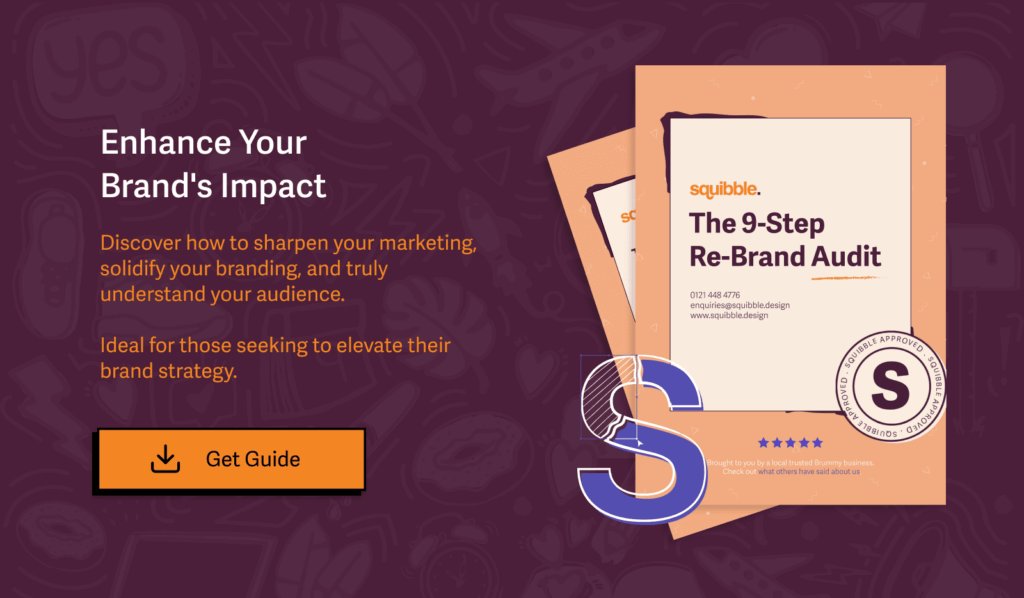Juggling strategy, execution, reporting & the final sign-off on each campaign – the standard day-to-day of a solo marketer.
You’ve poured your time & energy into crafting a project, only to see it stall at the finish line, waiting on the dreaded “maybe” from stakeholders or clients. A delayed sign-off not only drains your energy but can put your project pipeline on hold.
To help you take it from “maybe” to a big “yes,” let’s explore some actionable strategies tailored to solo marketers who need to streamline approvals while maintaining quality & momentum.
#1 The 3 Cs: Creating clear, concise & compelling proposals
The clearer & more persuasive your proposal, the easier it is for stakeholders to make a confident decision. As a solo marketer, a streamlined proposal is your best friend. Here are the essentials:
- Objective & key metrics: Clearly define the goals of your project & tie them to metrics that matter to the business.
- Timeline: Outline a realistic timeline and make sure stakeholders understand how delays in sign-off impact future campaign phases.
- Benefits vs. costs: Highlight the positive impact the project can deliver – boosted brand visibility, lead generation or audience engagement. Attach measurable benefits to each point whenever possible.
Squibble’s top tip: Keep your language direct, avoid jargon & use visuals where you can. People respond to images & concise data points more readily than chunky paragraphs. A well-organised one-pager is often better received than a bulky slide deck.
#2 Build stakeholder confidence through small wins
Sometimes, stakeholders hesitate to sign off because they’re uncertain about a campaign’s potential or they’re nervous about budget allocations. To ease these concerns, show them the benefits of your marketing approach by delivering small but impactful wins early in the process.
- Pilot campaigns: If you’re launching a new type of campaign such as a social media series or email nurture flow, start with a small, targeted pilot. Use the results to demonstrate the value.
- Use past successes as proof points: Reference previous projects that produced successful results. Position your current project as a continuation of those wins, reinforcing the idea that you know what works.
Small successes build trust & make it easier to get larger initiatives approved.
#3 Keep your approvers engaged (without overwhelming them)
Communication can make or break your project. Keeping stakeholders informed in the right ways helps them feel in control & more inclined to say “yes” when it’s decision time. However, you need a streamlined communication approach when your time is already stretched thin.
- Set up regular check-ins: Choose a cadence that suits your stakeholders & stick to it. Weekly or bi-weekly updates are often enough to maintain momentum without becoming disruptive.
- Use visual progress updates: Charts or dashboards should be used to show progress rather than lengthy emails. These visual summaries are easy for stakeholders to digest quickly & keep them excited about moving forward.
- Encourage quick feedback on key milestones: At strategic points, ask for feedback on critical elements rather than waiting until the end. This allows you to address potential objections before the final sign-off stage.

#4 Frame objections as opportunities for collaboration
When faced with objections, don’t view them as roadblocks. Instead, approach them as an opportunity for collaboration. A stakeholder may say “maybe” because they feel something critical was overlooked. Ask clarifying questions to uncover what’s driving their hesitancy:
- What concerns do they have? If it’s budget, timeline or expected impact, invite a dialogue to better understand what they need to feel confident.
- How can their input strengthen the project? Show them you value their expertise & are open to incorporating their suggestions where it makes sense.
Not only does this show respect for their opinions, but it also builds a sense of shared investment in the project’s success.
#5 Turn data into storytelling to win them over
Data is convincing, but data with a story is compelling. Your stakeholders are more likely to approve your project when they feel a connection to its purpose & potential. Whether your campaign focuses on customer engagement, brand awareness or lead generation, use storytelling to bring your project’s vision to life.
- Explain how the campaign will resonate with the target audience. Bring in insights, quotes or personal details that create a tangible connection to the audience’s experience.
- Showcase the campaign’s impact with forecasts & comparisons, for example, demonstrate the anticipated ROI by comparing it to past campaigns or industry benchmarks. Frame numbers as achievable goals that align with the company’s larger vision.
When data is backed by an emotional appeal, it’s easier for stakeholders to see the real-world value of your work.
#6 Present sign-off as a low-risk decision
If your stakeholders hesitate to sign off, they may perceive the decision as risky. Minimise perceived risk by framing the sign-off as manageable & reversible:
- Highlight flexible adjustments: Emphasise any campaign changes based on preliminary performance are easy to make. For instance, “We’ll launch with [strategy] & measure [metrics] in the first few weeks. Based on that, we can adjust for optimal performance.”
- Outline contingency plans: Share any risk mitigation strategies you’ve prepared, such as alternative messaging or multiple ad set variations. This demonstrates foresight & reassures stakeholders that you’re prepared for varied scenarios.
By presenting the decision as safe & adjustable, you give decision-makers peace of mind that they’re not committing to something they can’t adapt if needed.
#7 Establish a deadline-driven approval process
Many projects stall simply because decision-makers aren’t aware of the urgency. Incorporate deadlines naturally, without pressuring stakeholders.
- Build in soft deadlines early: For example, “We’d like sign-off by [date] to ensure optimal campaign timing and avoid delaying other projects.”
- Emphasise timely benefits: If your campaign ties into specific events or trends highlight the importance of approval timing for maximum impact. Demonstrating that everyday matters can encourage more decisive action.
You wear many hats as a solo marketer & a stalled sign-off stage is more than just an inconvenience – it impacts your entire workflow.
By creating clear proposals, building trust through small wins, engaging stakeholders & establishing clear deadlines, you can turn that “maybe” into a “yes” more often!
Are you considering your next web design project? Get in touch today.







